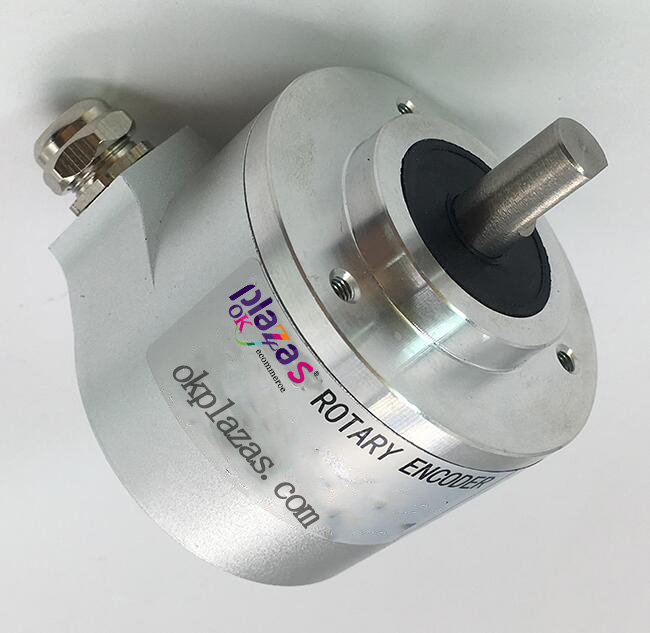What are the working principles of absolute encoders and troubleshooting methods
What are the working principles of absolute encoders and troubleshooting methods
What are the working principles of absolute encoders and troubleshooting methods

Absolute type rotary photoelectric encoder, because of its absolute unique position, anti-interference, no power-down memory, has been more and more widely used in angle and length measurement and positioning control in various industrial systems.
There are many engraved lines on the optical code disc of absolute encoder, and each engraved line is 2 lines, 4 lines, 8 lines and 16 lines in turn. . . Arrangement, in this way, at each position of the encoder, by reading the open and dark of each engraved line, a set of unique binary codes from the zero power of 2 to the n-1 power of 2 (Gray Code), which is called an n-bit absolute encoder. Such an encoder is determined by the mechanical position of the encoder, and it is not affected by power outages and interference. The absolute encoder is determined by the uniqueness of each position by the mechanical position. It does not need to be memorized, does not need to find a reference point, and does not need to be counted all the time. When it needs to know the position, when to read its position. In this way, the anti-interference characteristics of the encoder and the reliability of the data are greatly improved.
Since absolute encoders are significantly better than incremental encoders in positioning, they have been increasingly used in industrial control positioning. Absolute encoders have a large number of output digits due to their high precision. If parallel output is still used, each output signal must be well connected. For more complex working conditions, it must be isolated and the number of connecting cables is large. Bringing a lot of inconvenience and reducing reliability, therefore, the absolute encoder in the multi-digit output type, generally use serial output or bus type output.
There will be some minor faults during the use of the absolute encoder. We can make rational judgments. Some faults can be handled by our hands, and some faults must be replaced by the absolute encoder. Below are some common faults and Processing method for your reference!

First; Absolute encoders often have poor contact due to carbon film damage; waterproof encoders are devices that convert signals or data into communication, transmission and storage, and convert angular displacement or linear displacement into electrical signals. The former is called a code wheel and the latter is called a yardstick. The signal output of the encoder includes sine wave square wave, open collector, push-pull and other forms. It can be judged from the appearance that when the absolute encoder is in poor contact, the shell can be disassembled to check the degree of wear (a basic type of part failure). If slight abrasion causes poor contact, you can clean the carbon film with absolute ethanol (called ethanol) and carbon tetrachloride methane, and then appropriately adjust the pressure of the sliding arm on the carbon film.
Second: There are three situations in which the structure of the absolute encoder with switch is damaged: one is not closed or cannot be opened; the other is poor contact (40); the circuit is loose (41); the switch does not work; the third is that the switch part falls off. The absolute encoder is coded according to the mechanical position determined by the manufacturer. It does not need to be memorized, to find a reference point, or to count all the time. When the location needs to be known, it will read its location when needed. In this way, the anti-interference performance of the encoder and the reliability of the data are greatly improved. SSI displays a method and device for converting signals used to drive displays and displays. The present invention relates to a method, device and computer program for driving a display including a pixel array. Currently, the most common form of pixel color display is color liquid crystal display. These three types of faults can be detected with a multimeter (used to measure voltage, current and resistance) or with the naked eye. During maintenance, the new parts in the first and third cases must be replaced. In the second case, the switch can be repaired according to the problem. If the poor contact is caused by the oxidation of the contacts, it can be eliminated by scraping; if the poor contact is caused by the drop in spring force, replace the spring.





